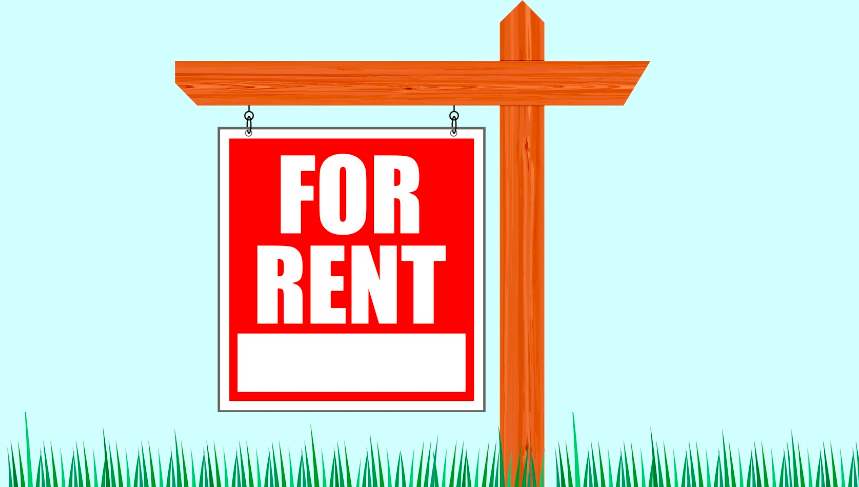With August rents in Canada down 7.6 per cent annually, experts agree that the lower demand is a continued reflection of several COVID-related factors, including: job loss; a decline in immigration; virtual learning as post-secondary classes resume; and young professionals moving back home with their parents.
According to the latest rental report from Rentals.ca, August rents were also impacted by the fact that more employees are working from home, allowing them to move away (or consider moving away) from the more expensive downtown rental markets.
“The average rent for all property types in Canada remains flat, but rental rates for the most expensive central properties in Toronto, Vancouver and Montreal continue to decline,” said Ben Myers, president of Bullpen Research & Consulting. “Despite the lower rent levels and incentives offered by landlords recently, there is less financial motivation to move during a pandemic, especially with Ontario freezing rent hikes on all rent-controlled properties for 2021. The lifting of COVID-19 eviction bans in several provinces could lead to further supply hitting the market and further depressing rent levels.”

At the national level, average monthly rent for a one-bedroom unit in August was $1,597, almost $100 cheaper than the average recorded in January. Toronto continues to lead Canadian cities for highest average monthly rent for a one-bedroom unit at $2,013, a number that has dropped for the sixth straight month. Eight of the top nine priciest cities and areas for renters are located in the Greater Toronto Area, with 12 of the top 14 most expensive cities being in Ontario.
Meanwhile, Vancouver took the top spot again for average monthly rent for a two-bedroom unit at $2,709.
Growth markets in August
Kitchener led the way for year-over-year growth for average monthly rents for rental and condominium apartments among major municipalities in Canada at 14.6 per cent.
Three Quebec municipalities, Montreal, Gatineau and Quebec City, have seen growth of 14 per cent, 10 per cent and 5 per cent respectively, contributing to the large rent growth in the province.
What’s drawing renters
In the Vancouver and Montreal metro areas, the most important amenity to would-be tenants, according to Local Logic is transit, with transit-friendly being the second most important amenity to tenants in the Toronto Census Metropolitan Area (CMA).
Elementary schools are also important to tenants in the Toronto CMA, taking the top ranking, with day care ranking eighth.
Proximity to groceries and good high schools are also highly ranked amenities across the three geographic areas. Other notable rankings include quiet outranking vibrant.
“Interest in living near a grocery store is the highest it’s been since Local Logic started reporting these numbers in March — higher even than peak pandemic,” said Guy Tsror, data scientist for Local Logic. He said in Montreal, there was a 28 per cent increase in the past three months, from just under 11 per cent of renters looking at nearby grocery stores in May, compared to almost 14 per cent in August.
Shopping is more important than nightlife. Car-friendly is more important than pedestrian-friendly or cycle-friendly. And lastly restaurants and cafes are more important than parks.
Other takeaways from the September National Rent Report:
- On a provincial level, Ontario had the highest August rents, with landlords seeking $2,071 per month on average; this is down 10.8 per cent annually. British Columbia had the second highest rental rate at $2,001 per month, up 5.7 per cent year over year;
- Quebec is seeing huge rent growth, with the average rent of $1,656 up 15.3 per cent annually;
- Saskatchewan, Alberta and Manitoba have all experienced declines in average rent levels year over year, with Alberta down 6.6 per cent to $1,206, Saskatchewan down 9.5 per cent to $1,020, and Manitoba down 17.0 per cent to $1,240 per month.
- As many offices start to re-open for white collar employees, demand could start to shift back to central core areas of major municipalities. As the Local Logic data shows, despite the major drop in transit usage since the COVID-19 pandemic started, tenants are still interested in rental housing in proximity to transit.
- There is a significant gap between the rents charged in Ottawa versus Gatineau. Ottawa’s downtown average monthly rents are mostly between $1,900 and $2,050. Right across the Ottawa River in Gatineau, the average rent in many of the surrounding areas have rental rates that average close to $1,000 per month.
- Lloydminster took the last spot on the list for cheapest rents, with Red Deer coming in next to last. Average monthly rents in Red Deer are down 19.5 per cent annually for a one-bedroom and 15.9 per cent for a two-bedroom.







